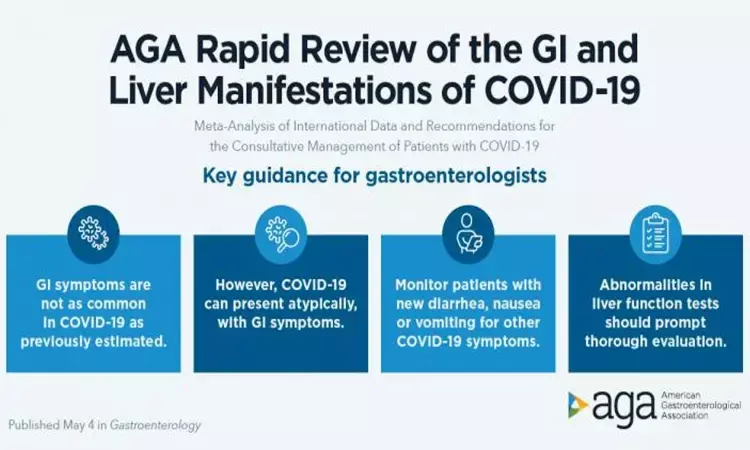- Home
- Medical news & Guidelines
- Anesthesiology
- Cardiology and CTVS
- Critical Care
- Dentistry
- Dermatology
- Diabetes and Endocrinology
- ENT
- Gastroenterology
- Medicine
- Nephrology
- Neurology
- Obstretics-Gynaecology
- Oncology
- Ophthalmology
- Orthopaedics
- Pediatrics-Neonatology
- Psychiatry
- Pulmonology
- Radiology
- Surgery
- Urology
- Laboratory Medicine
- Diet
- Nursing
- Paramedical
- Physiotherapy
- Health news
- Fact Check
- Bone Health Fact Check
- Brain Health Fact Check
- Cancer Related Fact Check
- Child Care Fact Check
- Dental and oral health fact check
- Diabetes and metabolic health fact check
- Diet and Nutrition Fact Check
- Eye and ENT Care Fact Check
- Fitness fact check
- Gut health fact check
- Heart health fact check
- Kidney health fact check
- Medical education fact check
- Men's health fact check
- Respiratory fact check
- Skin and hair care fact check
- Vaccine and Immunization fact check
- Women's health fact check
- AYUSH
- State News
- Andaman and Nicobar Islands
- Andhra Pradesh
- Arunachal Pradesh
- Assam
- Bihar
- Chandigarh
- Chattisgarh
- Dadra and Nagar Haveli
- Daman and Diu
- Delhi
- Goa
- Gujarat
- Haryana
- Himachal Pradesh
- Jammu & Kashmir
- Jharkhand
- Karnataka
- Kerala
- Ladakh
- Lakshadweep
- Madhya Pradesh
- Maharashtra
- Manipur
- Meghalaya
- Mizoram
- Nagaland
- Odisha
- Puducherry
- Punjab
- Rajasthan
- Sikkim
- Tamil Nadu
- Telangana
- Tripura
- Uttar Pradesh
- Uttrakhand
- West Bengal
- Medical Education
- Industry
New COVID-19 guidance for gastroenterologists

Key guidance for gastroenterologists:
1. GI symptoms are not as common in COVID-19 as previously estimated: The overall prevalence was 7.7% (95% CI 7.4 to 8.6%) for diarrhea, 7.8% (95% CI: 7.1 to 8.5%) for nausea/vomiting, and 3.6% (95% CI 3.0 to 4.3%) for abdominal pain. Notably, in outpatients, the pooled prevalence of diarrhea is lower (4.0%).
2. However, COVID-19 can present atypically, with GI symptoms: COVID-19 can present with diarrhea as an initial symptom, with a pooled prevalence of 7.9% across 35 studies, encompassing 9,717 patients. Most often, diarrhea is accompanied by other upper respiratory infection symptoms. However, in some cases, diarrhea can precede other symptoms by a few days, and COVID-19 may present as isolated GI symptoms prior to the development of upper respiratory infection symptoms.
3. Monitor patients with new diarrhea, nausea or vomiting for other COVID-19 symptoms: Patients should inform gastroenterologists if they begin to experience new fever, cough, shortness of breath or other upper respiratory infection symptoms after the onset of GI symptoms. If this occurs, testing for COVID-19 should be considered.
4. Abnormalities in liver function tests should prompt thorough evaluation: Liver test abnormalities can be seen in COVID-19 (in approximately 15% of patients); however, available data support that these abnormalities are more commonly attributable to secondary effects from severe disease, rather than primary virus-mediated liver injury. Therefore, it is important to consider alternative etiologies, such as viral hepatitis, when new elevations in aminotransferases are observed.
For all seven evidence-based recommendations and a detailed discussion, review the full publication in Gastroenterology.
https://medicaldialogues.in/pdf_upload/pdf_upload-128234.pdf
Dr Kamal Kant Kohli-MBBS, DTCD- a chest specialist with more than 30 years of practice and a flair for writing clinical articles, Dr Kamal Kant Kohli joined Medical Dialogues as a Chief Editor of Medical News. Besides writing articles, as an editor, he proofreads and verifies all the medical content published on Medical Dialogues including those coming from journals, studies,medical conferences,guidelines etc. Email: drkohli@medicaldialogues.in. Contact no. 011-43720751


